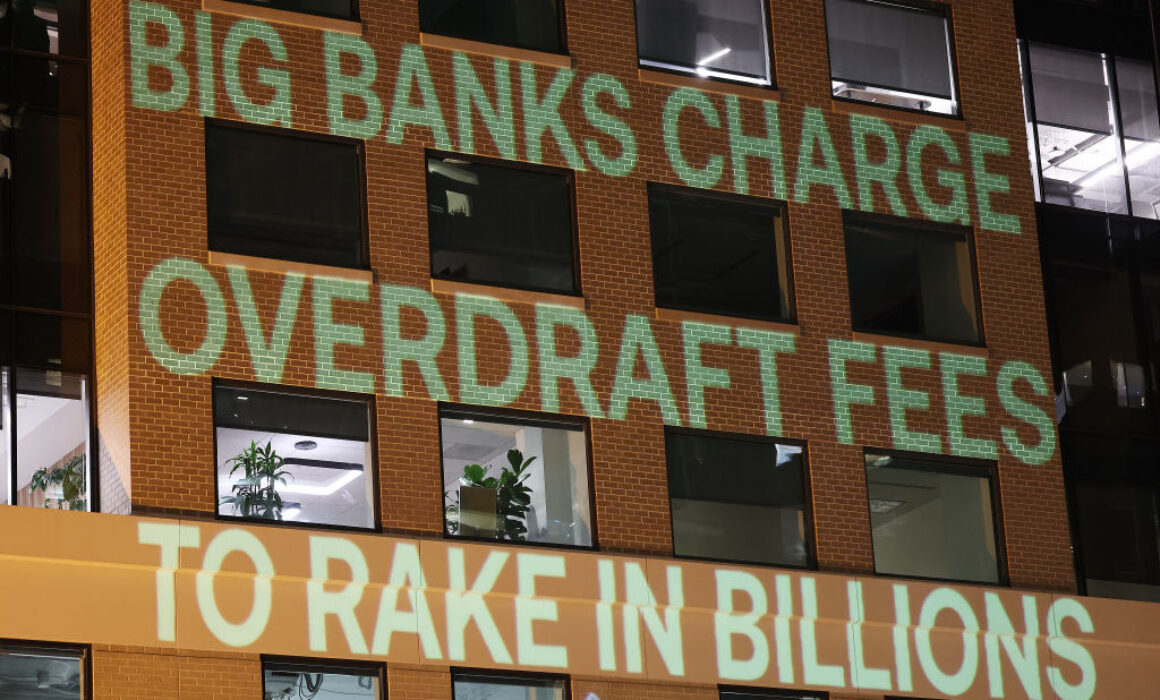The Business of Bank Fees: How Public Alternatives Can Ensure Equitable Economic Participation
June 5, 2024
By Emily DiVito
Introduction
The financial costs of banking lock out millions of Americans from full economic participation. Nearly 5 percent of households in the United States—disproportionately Black, brown, and/or low-income—have no bank account at all, and another 14 percent must still rely on costly, nonbank alternatives at least some of the time. While these households—nearly 15 million combined—have limited formal access to the banking system, financial institutions have grown to rely on the revenue that attaching onerous fines and fees to basic products provides them (Kutzbach et al. 2023). Today, bank fees—including overdraft and insufficient fund (NSF) fees, both of which target low-income customers—are a multibillion dollar business for banks and other financial institutions (Offices of Markets and Consumer Populations 2024).
This was not always the case. For much of US history, banks catered only to the needs of businesses and the wealthy, but other financial institutions organized to serve the needs of the working class. Largely predicated on the notions of mutual aid and cooperation, certain financial institutions, including thrifts and mutuals, offered low- and middle-income working Americans affordable basic banking products. Though usually small and localized, these institutions grew in number such that they collectively counterbalanced some of the power of larger banks and offered a competitive force for customer business—until the late 20th century (Gilbert 1986; Moysich 1997; Berre et al. 2021).

(Photo by Paul Morigi Stringer/Getty Images)
Beginning in the 1970s, a wave of deregulation compounded a high–interest rate environment to change the business of banking—with significant repercussions for low-income customers. Banks, enabled by new forms of computing power and fewer restrictions on permissible behaviors, began attaching fees to otherwise unprofitable basic bank products, including checking accounts, for low-income customers. This trend has proven profitable, and has intensified over the last several decades.
Due in part to the laudable recent enforcement actions by the Biden administration and new proposed rules from the Consumer Financial Protection Bureau (CFPB), bank reliance on overdraft and NSF fees has declined over the last several years. But the banking industry is already gearing up for a fight against these rules that would limit the profit potential of basic bank products. Moreover, the historical record suggests financial institutions might try to offset limitations on one type of fee revenue by trying to increase revenue from other sources. Given these political dynamics and the lack of sufficient competition from public-interest financial firms like mutuals or public banks, we need a policy mechanism—at the national and/or state-level—that affirmatively guarantees access to the no-cost, basic banking products that every American deserves.
Suggested Citation
1DiVito, Emily. 2024. “The Business of Bank Fees: How Public Alternatives Can Ensure Equitable Economic Participation.” Roosevelt Institute, June 5, 2024.
